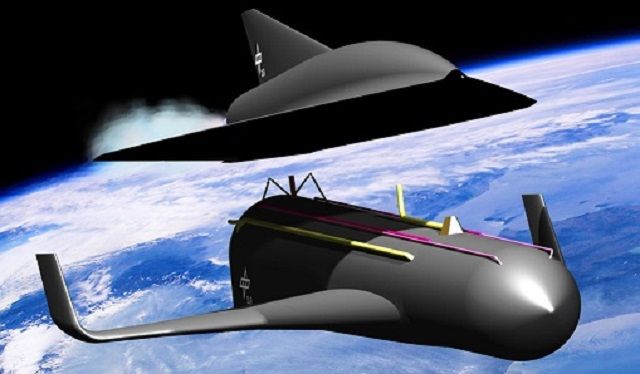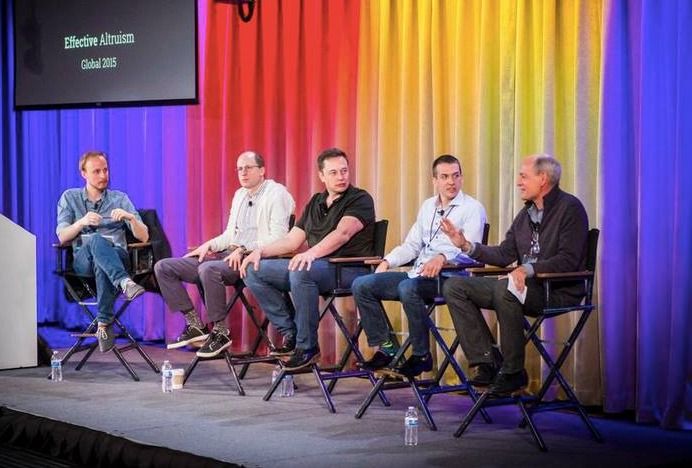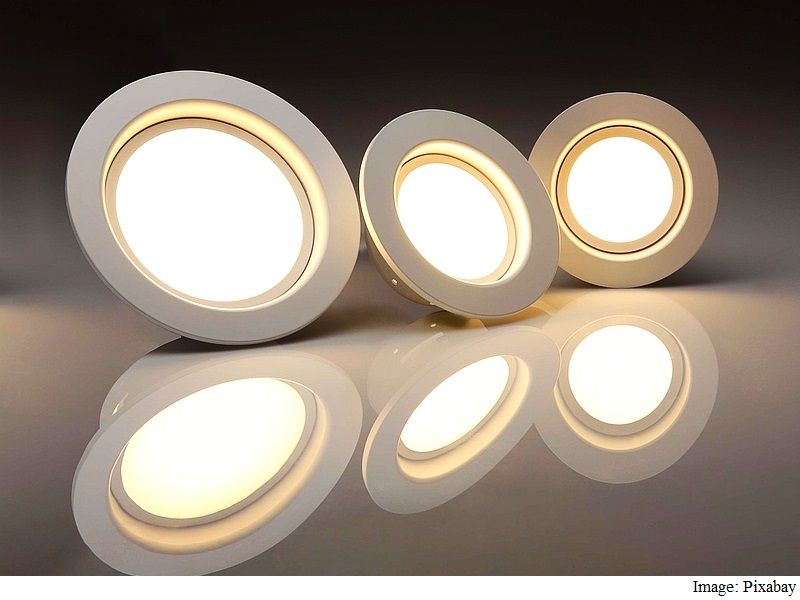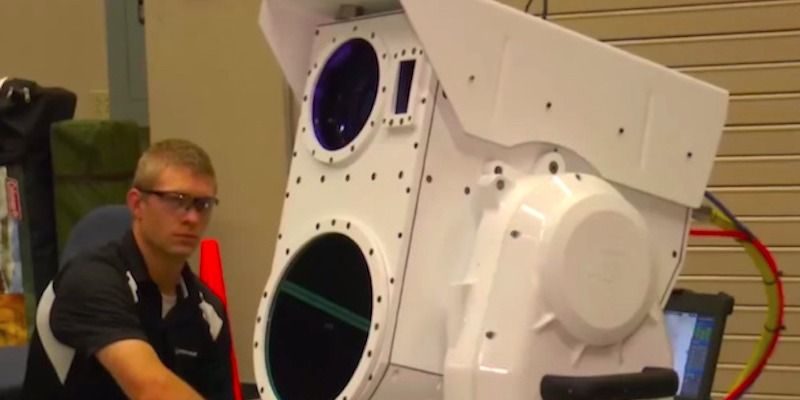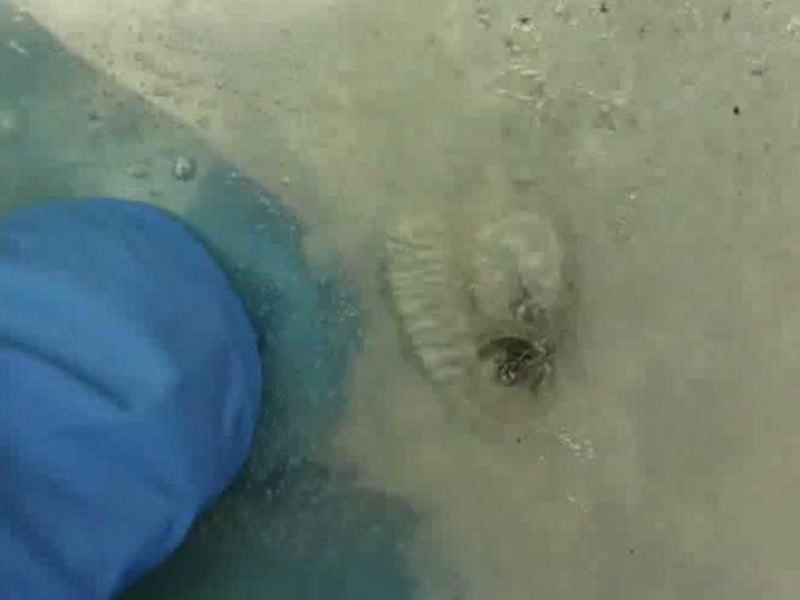Ten years after the project was conceived, the German Aerospace Centre’s SpaceLiner could soon enter a new design phase with a “mission definition review” planned for 2016.
The idea is to produce a two-stage, reusable hypersonic space vehicle that could transport 50 passengers from Europe to Australia in 90 minutes.
Leonid Bussler of the German Aerospace Centre’s Space Launch Systems Analysis (SART) group says the project is currently in “Phase Zero,” where the range of vehicle concepts are narrowed down to a single, baseline configuration through wind tunnel testing and performance trade-offs.
